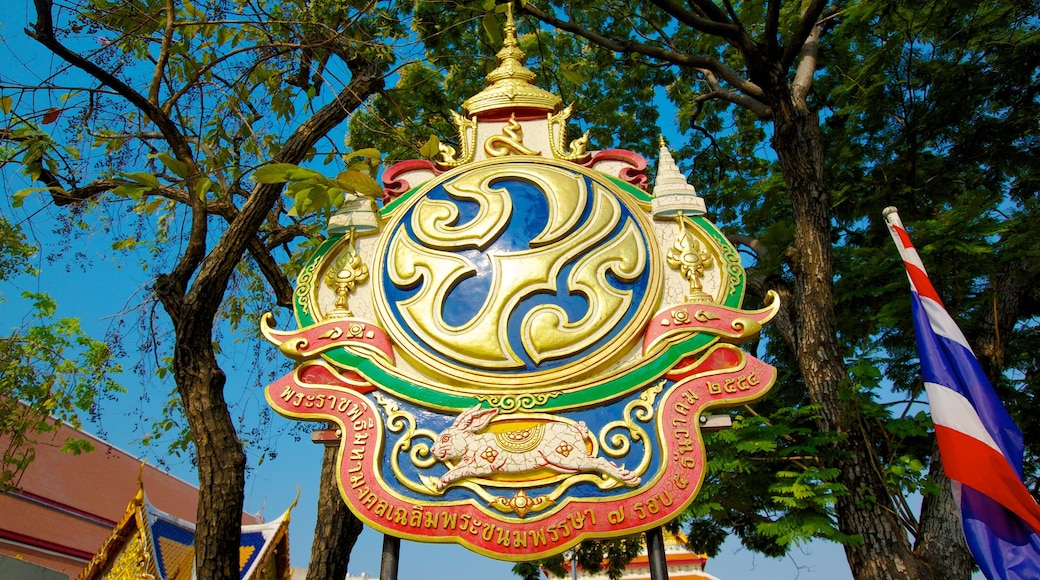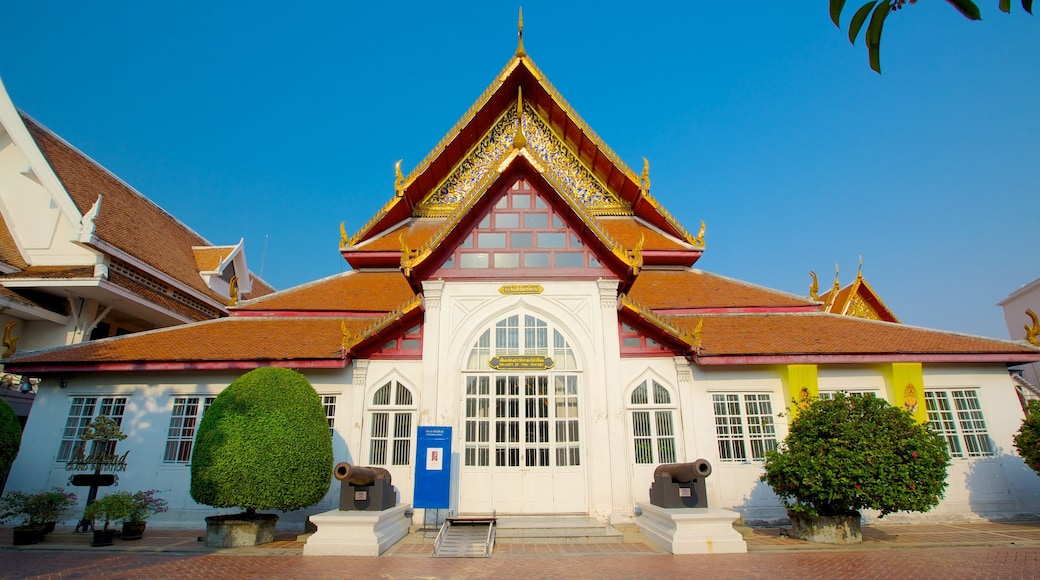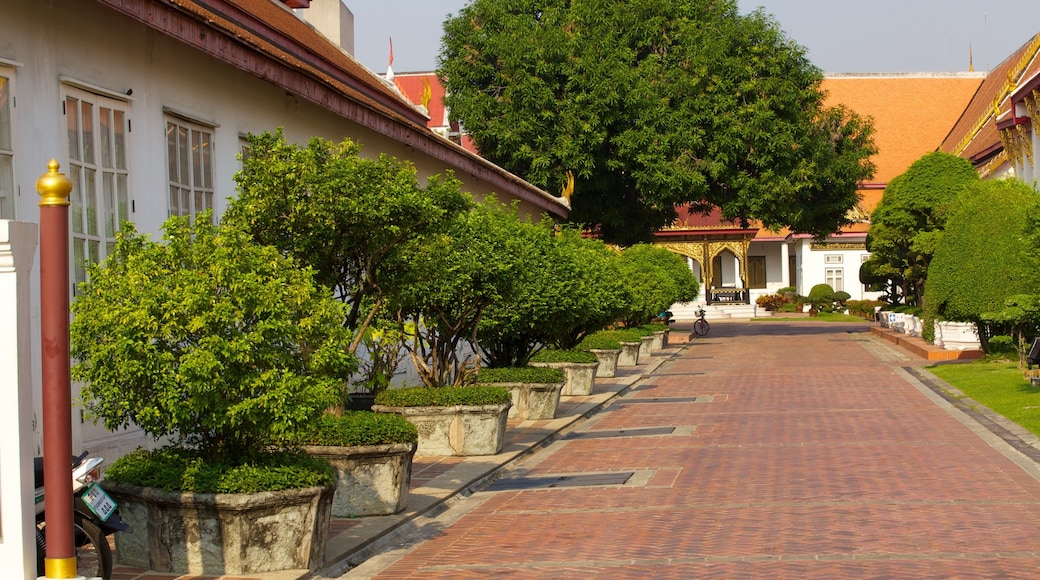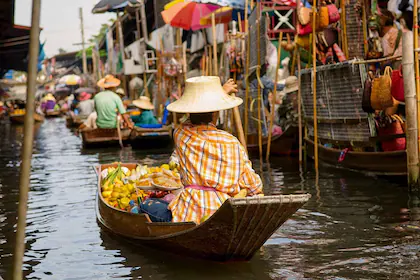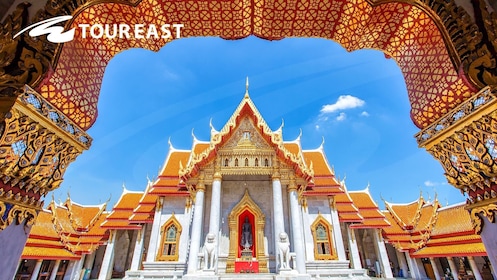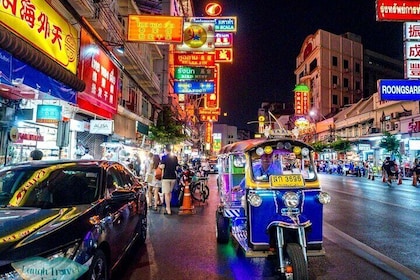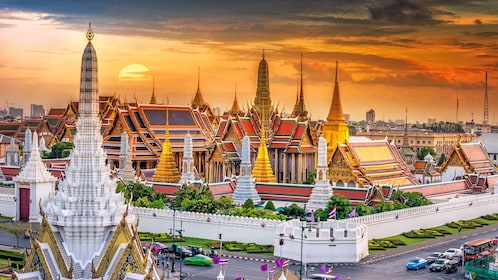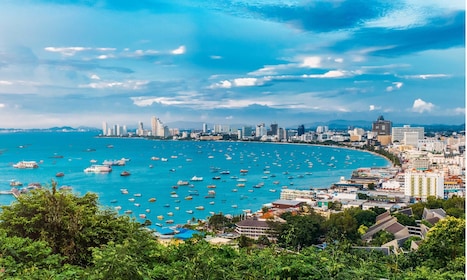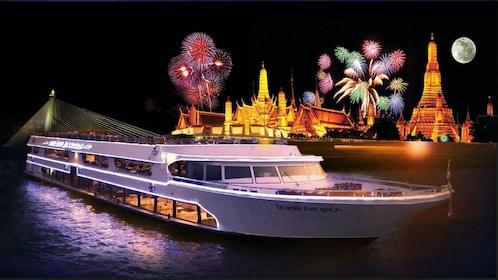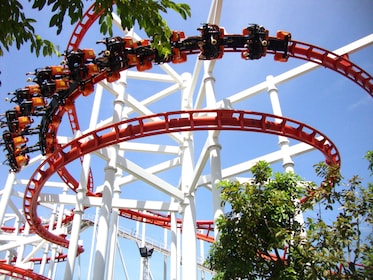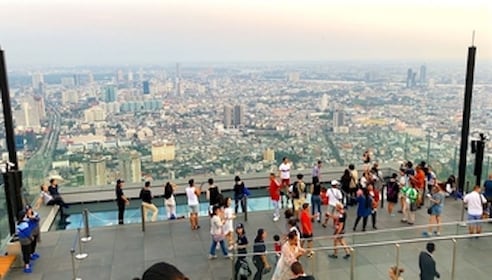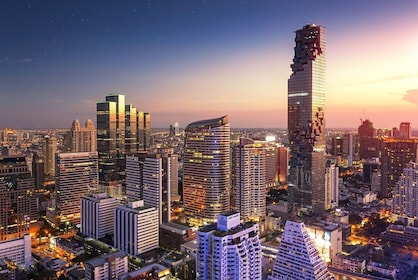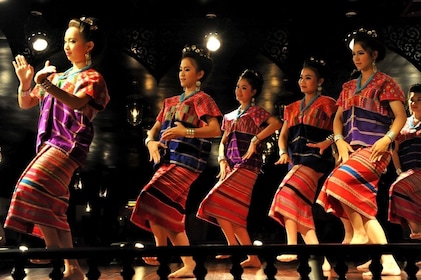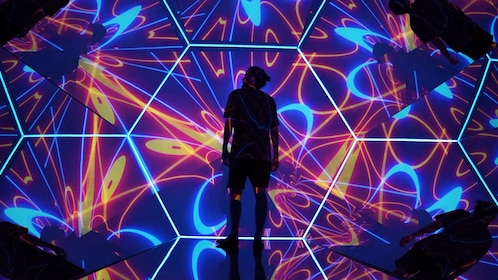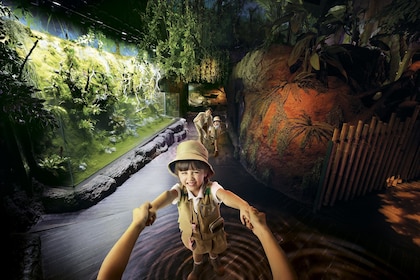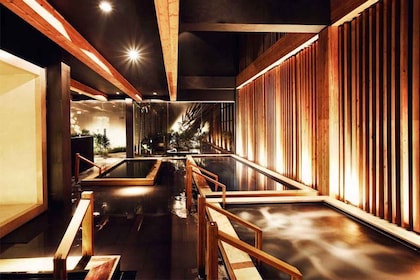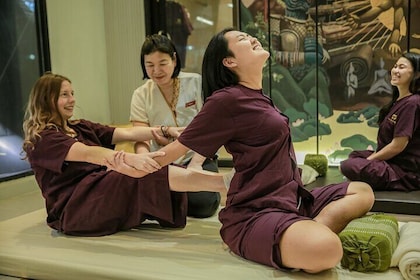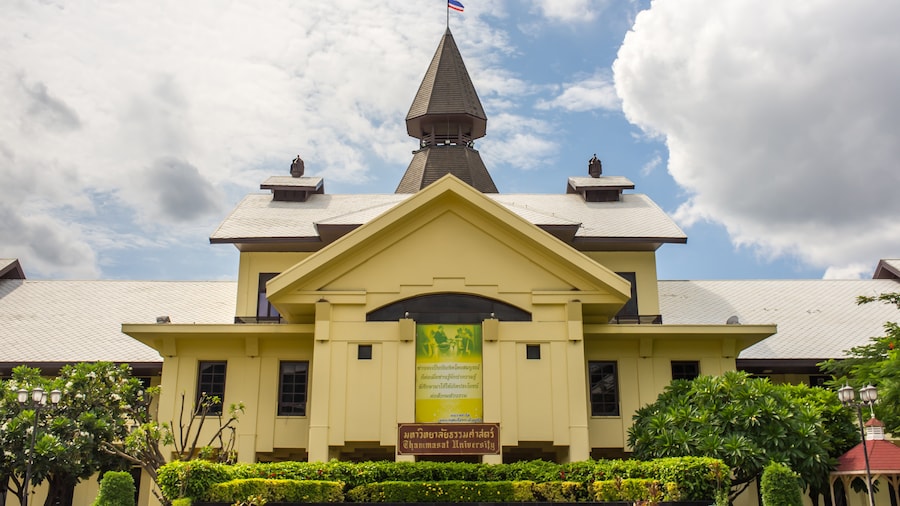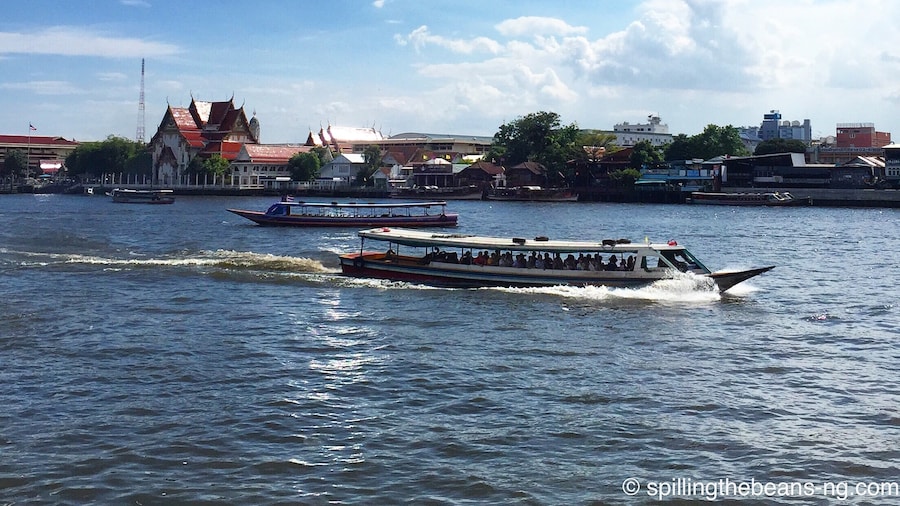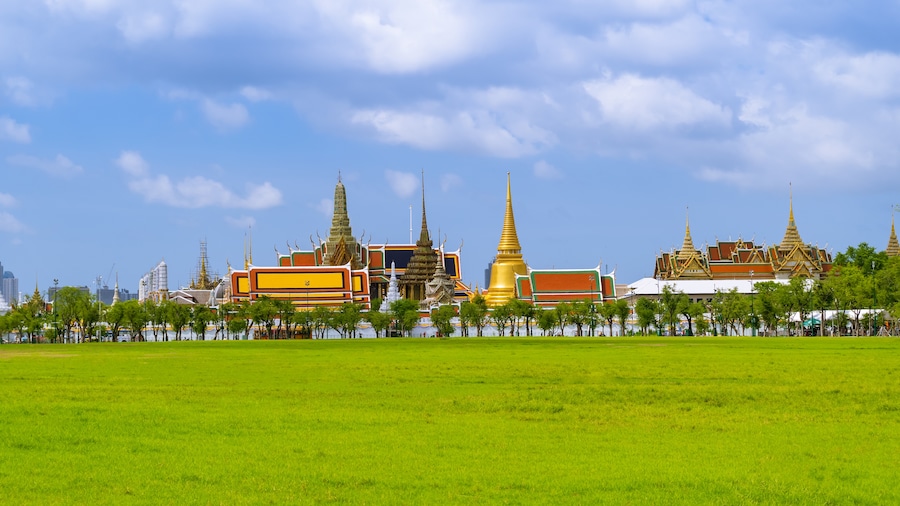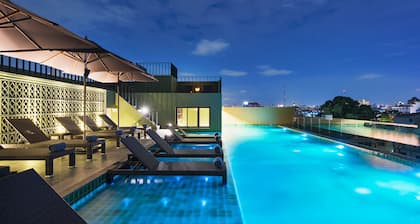The museum first opened in 1874 in what is now the Grand Palace complex, but later moved to nearby Wang Na. King Rama V wanted to display the exquisite treasures and artworks left to him by his father and it is these, along with other pieces added by later kings, that make up the bulk of the museum’s collection.
The National Museum Bangkok is a treasure trove of Thai creativity. It comprises different galleries that take you from Thailand’s beginnings right up to the modern day. If you want to make the most of your visit, pick up a map at the entrance and plan a route through the galleries. They’re divided into different artistic periods and regions. There are objects ranging from exquisite costumes and art to musical instruments and ceramics.
One of the most visited places in the museum is the Buddhasaiwan shrine, a beautiful building which is home to some of Bangkok’s oldest murals as well as a highly revered Phra Phutta Sihing Buddha statue. Bangkok (along with three other cities) claims that this is the original statue, and Thais believe it will bring them great luck.
The teak Red House contains an ornate Chinese carved bed, and was originally built by King Rama I for his sister. Visit the impressive halls to see more royal treasures, including the funeral chariots which are still occasionally used by the Royal Family.
The Bangkok National Museum is conveniently located near the Grand Palace, and is within walking distance from the Khao San Road. Alternatively take a tuk-tuk, taxi or the express boat to Tha Phrachan Nuea pier. The museum is closed on Mondays, Tuesdays and national holidays and charges an admission fee. Note there are excellent tours available on Wednesday and Thursday mornings.

